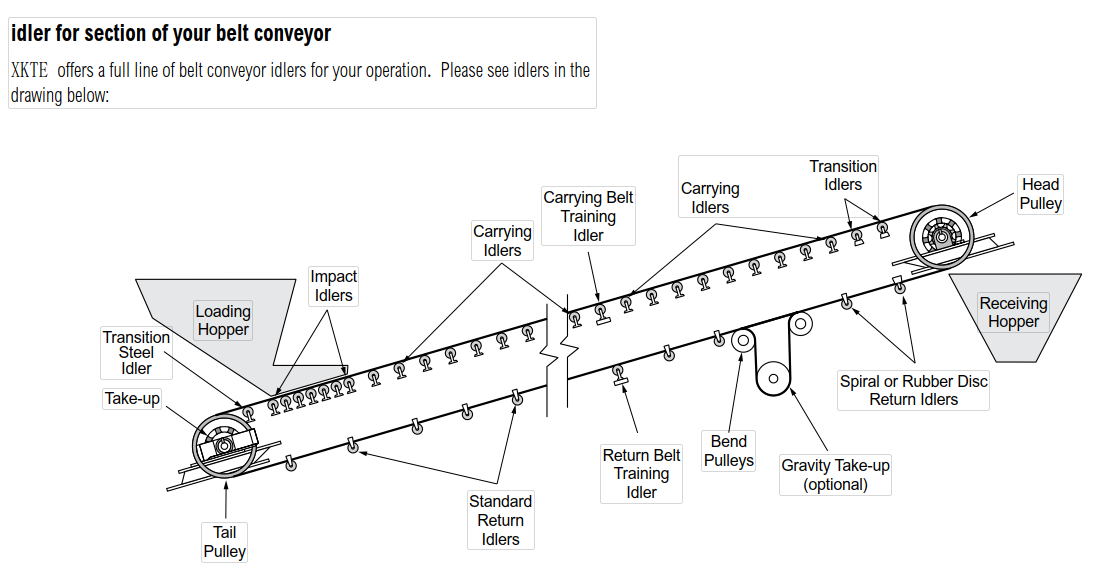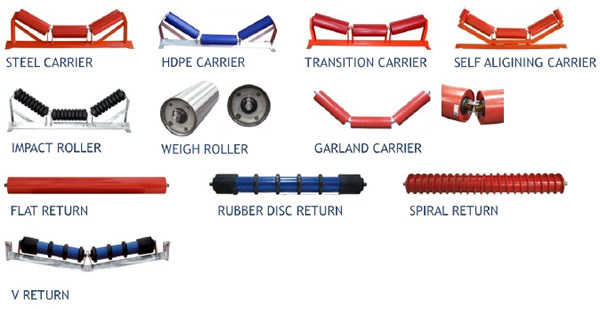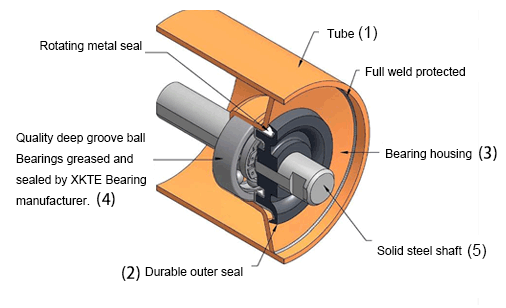·He Lijun: Incentive measures should be increased for energy-saving vehicles
The development of new energy vehicles has once again become a hot topic in the automotive industry of the two parties, and the issue of automobile exhaust emissions has once again received attention from all parties. Although there is still a different perception of the extent to which vehicle exhaust emissions affect air quality, car exhaust pollution is positive. At the same time, in the process of automobile manufacturing, emissions of waste gas, waste water and other substances also bring different degrees of pressure to the environment. Under the common vision of improving the environment and reducing smog, the most direct way for automobiles is to reduce emissions, especially the proportion of harmful substances. This requires not only the public to reasonably arrange the use of vehicles, but also the need for car companies to improve the technical level of vehicles.
Compared with many years ago, the overall technology of the automobile has already made a qualitative leap, especially the use of EFI technology and three-way catalytic system, which has greatly optimized the emission level of exhaust gas. At the same time, as turbocharging, mixing, lightweighting, and automatic start-stop technologies mature and are adopted, they also directly or indirectly improve exhaust emissions. In addition, electronic technologies such as smart driving and GPS navigation also optimize the driving route, thus reducing exhaust emissions. With the development of the times, such technologies will become more and more efficient. However, due to cost and other factors, such technologies have not been widely used, only some mid- to high-end models are used; and, if more such equipment is equipped, the price of vehicles will rise and become unacceptable to consumers.
People's desire to improve the environment is getting stronger and stronger, and the cost pressure is still huge, and there seems to be no solution.
To promote car companies to develop and equip more new technologies, reducing costs and increasing market demand are key. There are several ways to reduce costs. First, large-scale production, such as automatic start-stop technology, 100,000 vehicle equipment and 1 million vehicle equipment, the cost of the latter must be significantly lower than the former. The second is to promote technological advancement, such as GPS navigation. The current GPS navigation function is powerful and easy to use, and the price is not high. Compared with many years ago, there is already a cloud mud, which is the result of technological progress.
The energy-saving car preferential policies currently being implemented have effectively guided the direction of automobile consumption and reduced exhaust emissions to some extent. However, this is not enough. Under the premise of not intervening in the market, more and more incentives should be introduced to guide consumers and car companies to purchase and produce products with higher emission levels.
At present, in addition to encouraging technological innovation of new energy vehicles, we should also encourage greater technological innovation in traditional energy vehicles. After all, the latter is still the absolute main force of the market, and the effect of improving air quality is more obvious.
Conveyor idler is the important part of all kinds of belt conveyor, it support the conveyor belt and holds the cargos. Such as Trough Idler, Return Idler, Impact Idler, which meet CEMA, ISO or any other standards. Conveyor idler designs are composed of more than one roller, where various parts of the idler connect to the conveyor belt at different points to keep the belt properly routed and operating well. These designs can also include metal racks for stability.
As a useful part of many industrial systems, conveyor idlers come in many different forms. Some common ones are inline idlers, inset or offset idlers, and return idlers. Inline, inset, and offset varieties are built in very specific ways to accommodate the belt according to optimal factors. Return idlers often deal with the undercarriage of the belt, which moves in the reverse direction. They can help to control aspects of belt return that contributes to the general function of the conveyor belt, such as the width or tension between the top belt and the return.
Conveyor idlers are used to take up extra belt length and provide adjustment for tensioning belt drives. Idler can be valuable belt drive components. bend Idler can alter belt paths, make the belt clear obstructions, or apply belt pre-tension. Idlers may remain in a fixed location, or may be adjustable to allow belt pre-tensioning and take up. Idlers may be applied to either the inside or backside of belts. Backside idlers are generally flat.


Structure of idler roller:
The internal components of idler rolls are essentially the same


The sealing arrangement protects the bearing from dust and moisture, as well as other environmental contaminants. In addition, the quality of idlers also varies depending on the quality of the individual components and of the manufacturing process. In addition to the idler roll itself, an idler set is supported in position by an idler bracket or base frame. These bases and brackets locate the individual idler rolls relative to each other and provide the necessary 'trough' angle.
1.The outer shells of idler rolls are generally manufactured from 89, 102, 108, 114, 127, 138, 152 and 178 mm tubing.
2.The outer shells are generally closed off with an end cap of varying design.
3. The end caps are normally designed to house the anti-friction bearings (3)
4.and bearing dust seals
5. The anti-friction bearings support the non-rotating idler shaft
The idler shaft has special machined ends to positively location the idler within the base frame support bracket. and every one of our idlers passes through a comprehensive ISO 9001 quality.
Bearing Size
Most manufacturers use 6200 series deep groove ball bearings when constructing B series idlers, and either 6300 series ball bearings or regreasable tapered roller bearings when constructing C series idlers.
Special attention:
For our purposes, most CEMA idler manufacturers publish life expectations for 30,000 hours L10 life at 500 RPM.
|
Diameter of roller mm |
Length of roller(tube)mm |
Bearing |
|
89 |
190.200.230.240.280.305.315.375.380.455.465.600.750.950.1150 |
6204 |
|
108 |
190.200.240.250.305.315.375.380.455.465.525.600.700.750.800.950.1150.1400 |
6205 |
|
133 |
305.350.375.380.455.465.525.530.600.700.790.800.950.1150.1400.1600 |
6305 |
|
159 |
375.380.455.465.525.630.600.640.670.700.750.790.800.900.950.1050.1120.1150.1400.1600 |
6306 6308 |
|
193.7 |
600.640.750.800.900.950.1050.1120 |
|
|
217 |
600.640.1050.1120 |
|
Conveyor Idler,Conveyor Idler Roller,Belt Conveyor Idler,Conveyor Carrier Idler
Shandong Xinkaite Bearing Co., Ltd. , http://www.conveyorbearing.com